
How to Use SparkFun SSOP to DIP Adapter - 16-Pin: Examples, Pinouts, and Specs
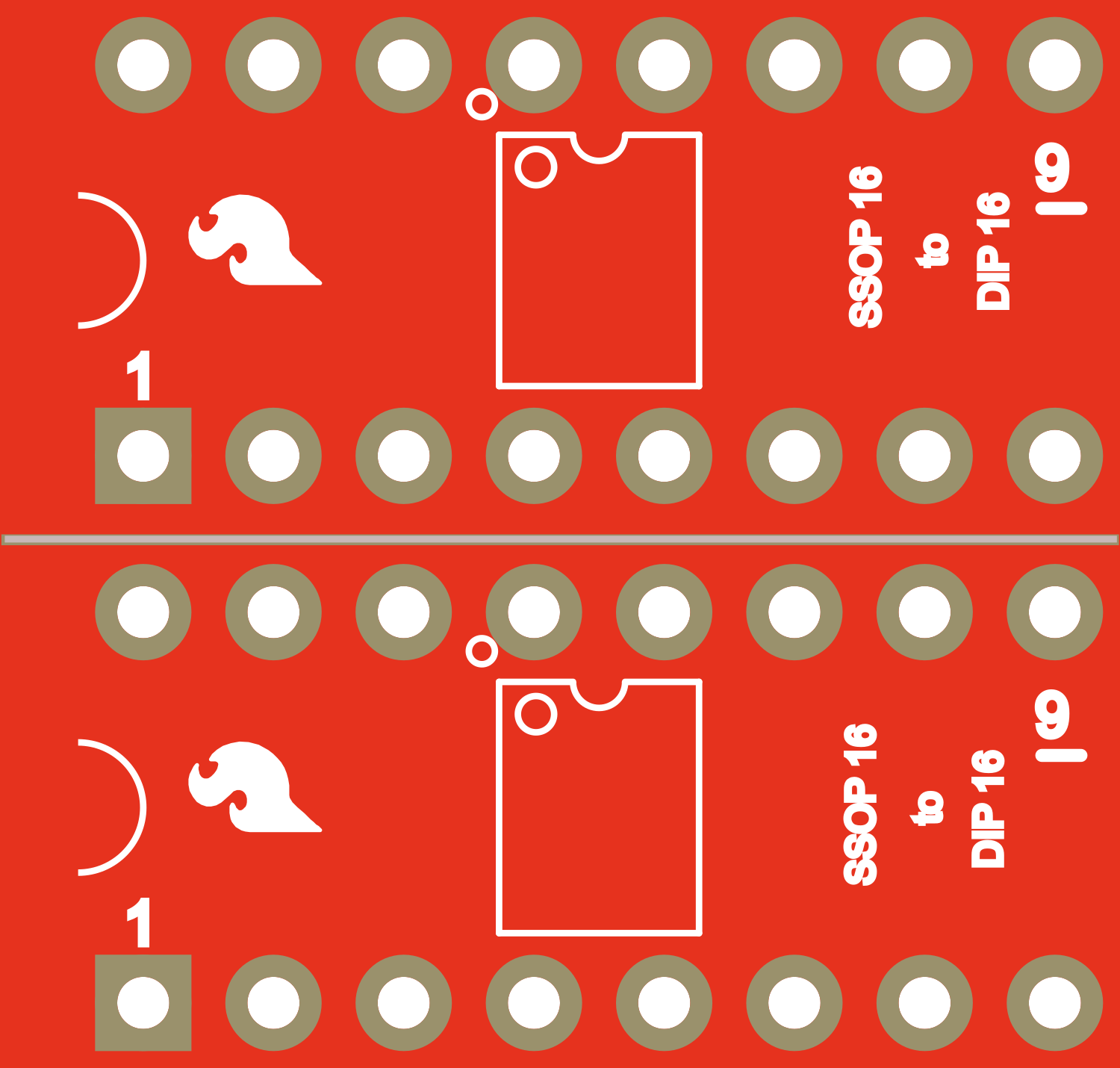
 Design with SparkFun SSOP to DIP Adapter - 16-Pin in Cirkit Designer
Design with SparkFun SSOP to DIP Adapter - 16-Pin in Cirkit DesignerIntroduction
The SparkFun SSOP to DIP Adapter - 16-Pin is a versatile and essential tool for electronics enthusiasts and professionals who need to prototype or test circuits using components in SSOP (Shrink Small Outline Package) form. This adapter board is designed to convert a 16-pin SSOP integrated circuit to a standard 16-pin DIP (Dual In-line Package) footprint, making it compatible with breadboards and through-hole soldering applications. Common use cases include prototyping, testing new ICs, and educational purposes to learn about new or existing SSOP components.
Explore Projects Built with SparkFun SSOP to DIP Adapter - 16-Pin
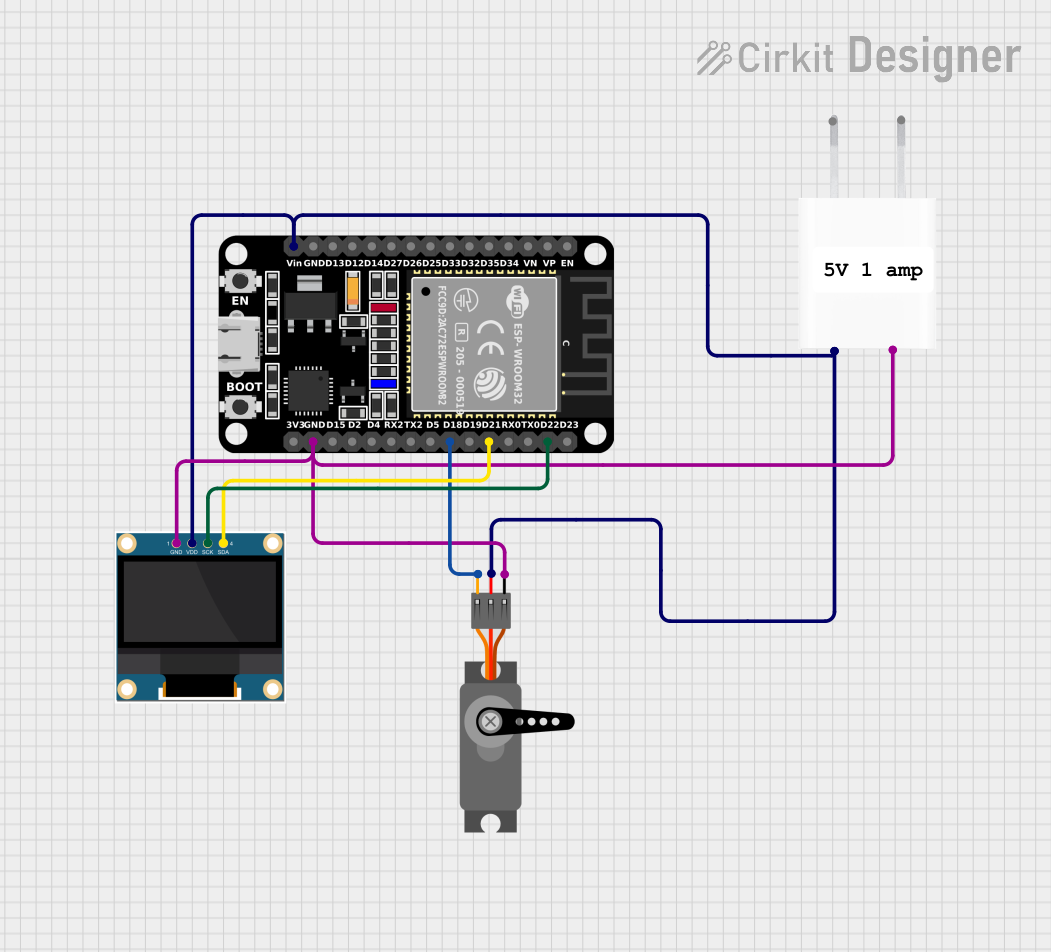
 Open Project in Cirkit Designer
Open Project in Cirkit Designer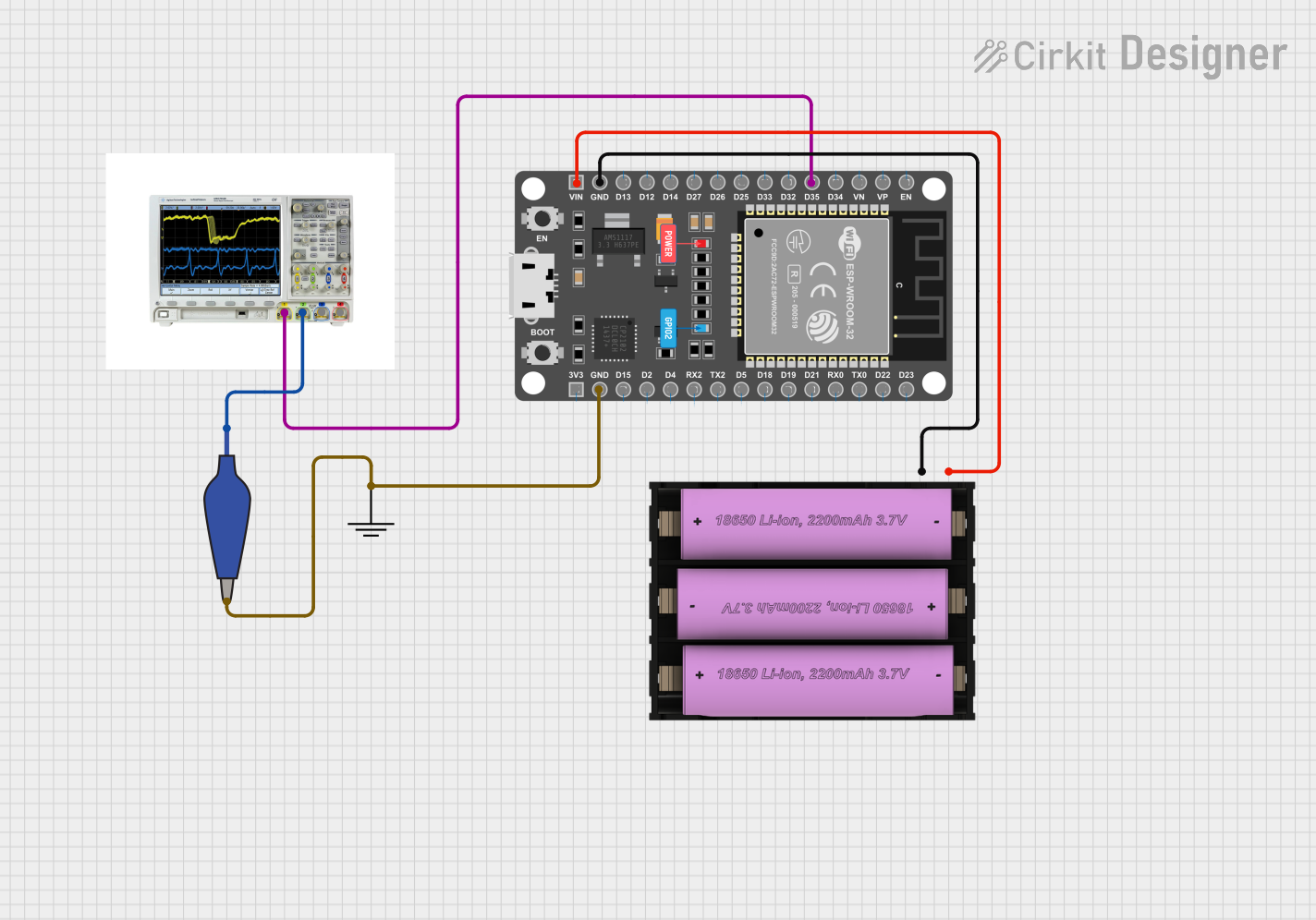
 Open Project in Cirkit Designer
Open Project in Cirkit Designer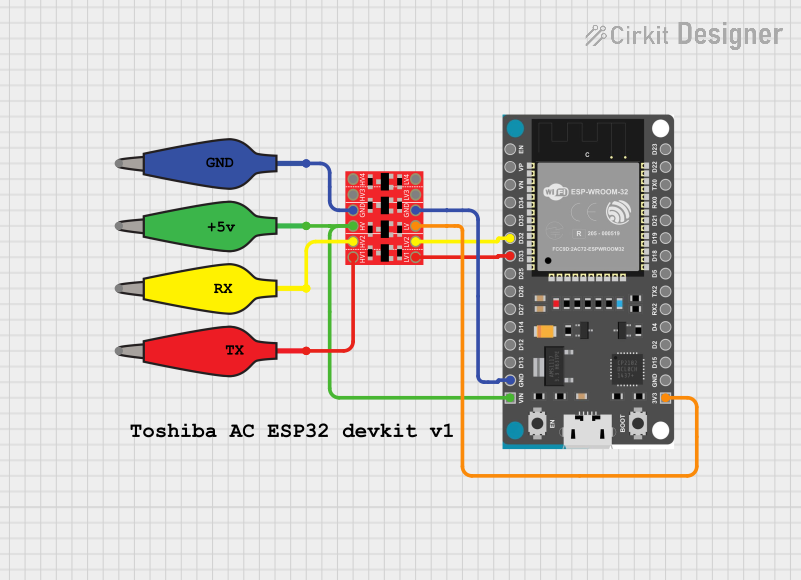
 Open Project in Cirkit Designer
Open Project in Cirkit Designer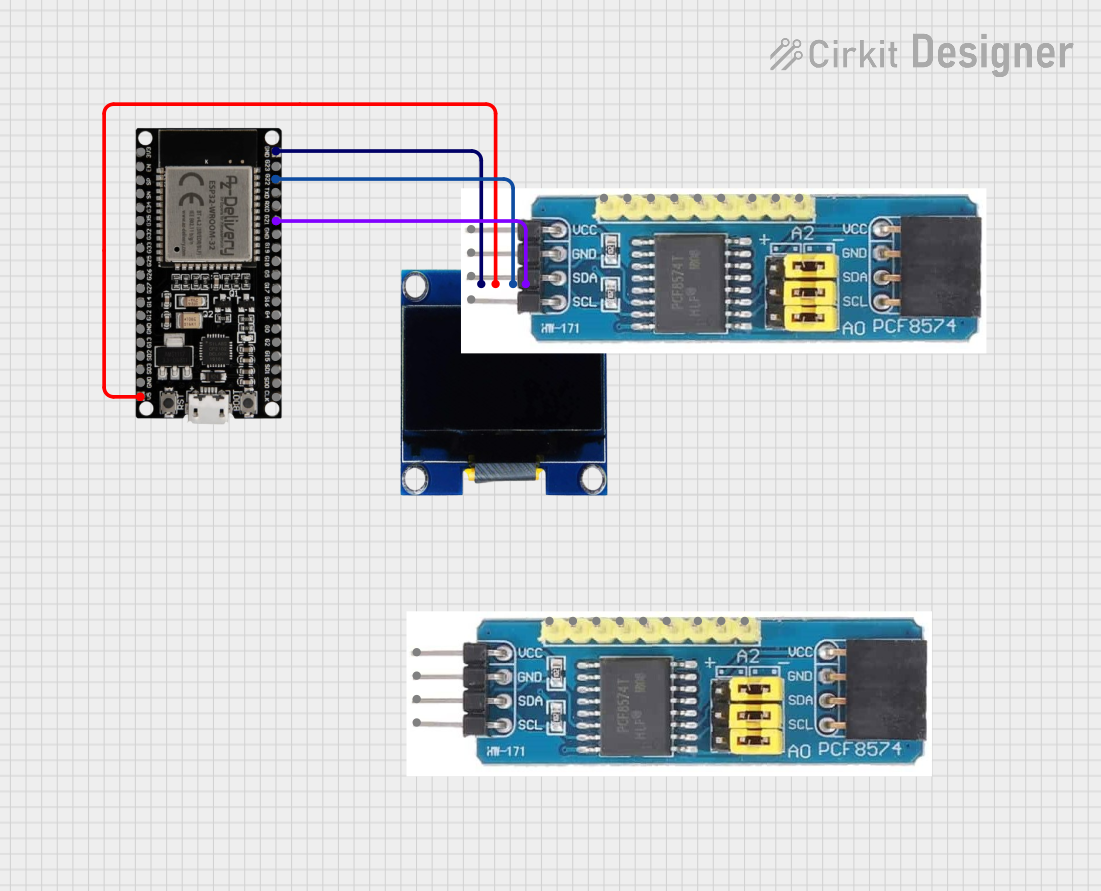
 Open Project in Cirkit Designer
Open Project in Cirkit DesignerExplore Projects Built with SparkFun SSOP to DIP Adapter - 16-Pin

 Open Project in Cirkit Designer
Open Project in Cirkit Designer
 Open Project in Cirkit Designer
Open Project in Cirkit Designer
 Open Project in Cirkit Designer
Open Project in Cirkit Designer
 Open Project in Cirkit Designer
Open Project in Cirkit DesignerTechnical Specifications
Key Technical Details
- Compatible Package: 16-pin SSOP
- Pitch: 0.65mm (distance between pins of SSOP)
- DIP Pin Spacing: 0.1 inches (2.54mm), standard for breadboards and DIP sockets
- Board Dimensions: Typically matches the DIP standard sizes
- Material: FR-4 PCB with HASL finish for soldering ease
Pin Configuration and Descriptions
The following table outlines the pin configuration for the SparkFun SSOP to DIP Adapter - 16-Pin:
| SSOP Pin Number | DIP Pin Number | Description |
|---|---|---|
| 1 | 1 | Corresponding DIP pin for SSOP pin 1 |
| 2 | 2 | Corresponding DIP pin for SSOP pin 2 |
| ... | ... | ... |
| 15 | 15 | Corresponding DIP pin for SSOP pin 15 |
| 16 | 16 | Corresponding DIP pin for SSOP pin 16 |
Usage Instructions
How to Use the Component in a Circuit
- Soldering the SSOP IC: Carefully solder the SSOP IC onto the adapter board, ensuring that each pin of the IC aligns with the corresponding pad on the adapter.
- Inspection: After soldering, inspect all connections for shorts or cold solder joints.
- Insertion into Breadboard/DIP Socket: Once the SSOP IC is securely soldered, insert the adapter into a breadboard or DIP socket as you would with a standard DIP component.
Important Considerations and Best Practices
- Soldering: Use a fine-tip soldering iron and flux for best results. Soldering SSOP packages requires precision due to the small pitch between pins.
- Handling: Be cautious when handling the adapter to avoid bending the pins.
- Static Discharge: Always follow ESD (Electrostatic Discharge) precautions when handling electronic components to prevent damage.
Troubleshooting and FAQs
Common Issues
- Misalignment: If the IC is not functioning as expected, check for misalignment of pins between the SSOP IC and the adapter.
- Solder Bridges: Inspect for solder bridges between adjacent pins, which can cause shorts and malfunction.
- Poor Connectivity: Ensure that the adapter is fully inserted into the breadboard or DIP socket for reliable connectivity.
Solutions and Tips
- Reflow Solder: If misalignment or solder bridges are detected, reflow the solder with flux and a soldering iron to correct the issue.
- Pin Straightening: If the DIP pins are bent, carefully straighten them with needle-nose pliers before insertion.
- Continuity Testing: Use a multimeter to perform continuity tests between the SSOP pins and the corresponding DIP pins to ensure proper connectivity.
FAQs
Q: Can I reuse the adapter for different ICs? A: Yes, but desoldering can be challenging. It's often more practical to use a new adapter for each IC to avoid damage.
Q: Is this adapter compatible with all 16-pin SSOP ICs? A: It is designed for 16-pin SSOP ICs with a 0.65mm pitch. Verify the pitch of your IC before using the adapter.
Q: How can I ensure that the IC is properly aligned before soldering? A: Use a magnifying glass or microscope to check the alignment of the IC pins to the adapter pads before soldering.
Please note that this documentation assumes a basic understanding of electronic components and soldering techniques. If you are new to electronics, consider seeking additional resources or guidance before attempting to use the SparkFun SSOP to DIP Adapter - 16-Pin.